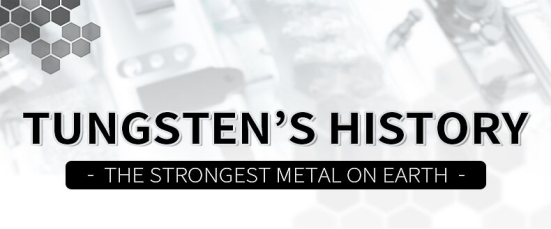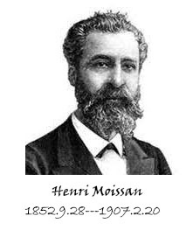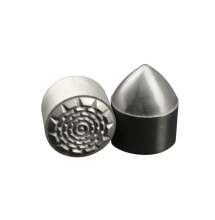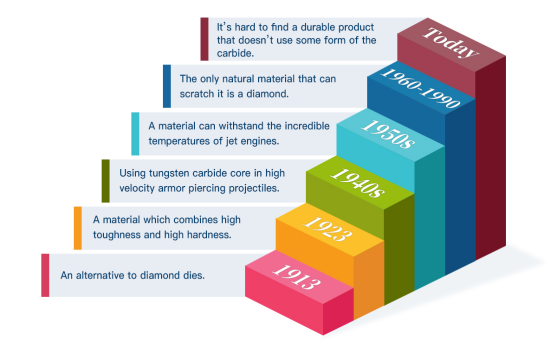Tungsten's History

Tungsten’s history
Tungsten carbide is a composite material consisting of WC as the hard phase and cobalt(Co) as the binder phase. This compound’s history can be traced back to the 1700s. At that time, miners in the Erz Mountains in Saxony Germany noticed that some ores would interfere with the reduction of cassiterite and produce slag. But tungsten was first extracted from the ore wolframite by Juan Jose D’Elhuyar and his brother Fausto. They had simply reduced tungstic acid using charcoal to form the metal. By doing so, they accidentally found that the highest melting point of this element is 3422 degrees Celsius----The metal with the highest melting point over two times the melting point of platinum. In 1841, chemist Robert Oxland obtained the British patent rights for the production methods of sodium tungstate, tungstic acid, and metallic tungsten. This was a major advance in the modern history of tungsten chemistry and opened the way for the industrial production of tungsten.
 In 1896, the accidental synthesis of tungsten carbide has brought revolutionary changes to the industry and has a large impact on the entire society. It was discovered by Henri Moissan who is the Nobel prize winner. Seeking to produce an artificial diamond, Moisson heated sugar and tungsten oxide in a furnace. The sugar acted as a reducing agent for the oxide to produce melted tungsten carbide. It demonstrated some desirable properties, but it was too brittle to be used in any commercial sense. However, The Osram Lamp Works of Berlin who recognized the carbide’s potential soon seized on the opportunity to develop metallic cement, with tungsten carbide particles being embedded in a cobalt matrix. The carbide was incredibly tough and also four times as dense as titanium. The industry quickly employed the metallic compound in its manufacturing processes.
In 1896, the accidental synthesis of tungsten carbide has brought revolutionary changes to the industry and has a large impact on the entire society. It was discovered by Henri Moissan who is the Nobel prize winner. Seeking to produce an artificial diamond, Moisson heated sugar and tungsten oxide in a furnace. The sugar acted as a reducing agent for the oxide to produce melted tungsten carbide. It demonstrated some desirable properties, but it was too brittle to be used in any commercial sense. However, The Osram Lamp Works of Berlin who recognized the carbide’s potential soon seized on the opportunity to develop metallic cement, with tungsten carbide particles being embedded in a cobalt matrix. The carbide was incredibly tough and also four times as dense as titanium. The industry quickly employed the metallic compound in its manufacturing processes.
In 1913, A shortage of industrial diamonds in Germany leads researchers to look for an alternative to diamond dies, which are used to draw wire.

A German electrical bulb company submits a patent for tungsten carbide or hard metal in 1923. It’s made by “cementing” extremely hard tungsten mono carbide (WC) grains in a binder matrix of tough cobalt metal by liquid phase sintering. The result changed the history of tungsten: a material that combines high strength, toughness, and high hardness.
 During world WWII, the Germans were the first to use tungsten carbide core in high-velocity armor-piercing projectiles. British tanks virtually “melted” when hit by these tungsten carbide projectiles.
During world WWII, the Germans were the first to use tungsten carbide core in high-velocity armor-piercing projectiles. British tanks virtually “melted” when hit by these tungsten carbide projectiles.
The 1950s: The development of iron, nickel, and cobalt-based superalloys begin to fill the need for a material that can withstand the incredible temperatures of jet engines.
1960-1990:Tungsten carbide is extremely hard, Diamond is the only natural material that can scratch it.
Nowadays tungsten carbide is extremely widespread, and its application includes metal cutting, machining of wood, composites, soft ceramics, chipless forming ( hot and cold), mining, construction, rock drilling, structural parts, wear parts, and military components. From extra-grippy cycling tires to precise surgical instruments, it’s hard to find a durable product that doesn’t use some form of carbide.






















